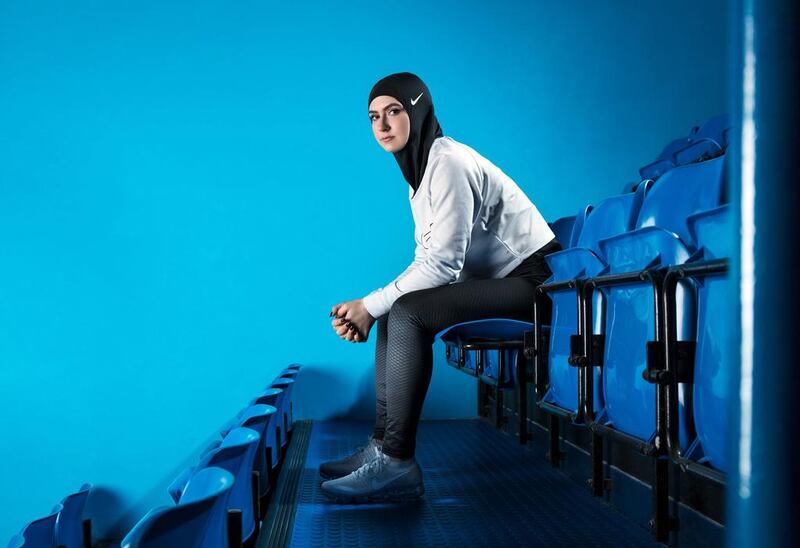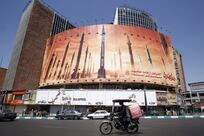How well one performs should be the main focus for any athlete. But for Muslim women athletes who want to wear the hijab, there is always an added challenge.
It has been a long struggle for these female athletes to find the “best” fit (not too bulky, too tight or too loose) and one that not just passes religious, social and cultural judgement, but one that also gets the green light from the official bodies governing sport.
In spite of the many challenges, at least 14 Muslim women won medals at the 2016 Rio Olympics. Ines Boubakri, who won Africa’s first women’s Olympic fencing medal, dedicated her bronze to “the Tunisian woman, the Arab woman ... who has her place in society.”
For the athletes who wear the hijab, they have to design their own or seek out brands that produce modest sports wear. However, it is never as easy as you’d think.
Take “Islamic” swimwear. The lack of a suitable swimwear gave birth to the Burqini brand in 2004, developed by designer Aheda Zanetti. She said this swimwear is a “two-piece like a bikini” and “smaller than a full Burka”.
While the trademark is owned by Zanetti’s company and the product has attracted controversy, the term is used generically for this type of swimsuit and has inspired other brands to produce modest swimwear.
Anything marketed as Islamic is big business. Modest wear in different styles, shapes and sizes has been hitting catwalks for years. Last year, Dolce & Gabbana produced a collection of hijabs and abayas targeting customers in the Middle East.
So it is not surprising that Nike’s announcement of the Pro Hijab – a lightweight, competition-worthy garment for hijab-wearing athletes – is making headlines around the world.
Besides filling a void for covered athletes competing in international sports events, the hijab remains a debated topic, from who wears it, to who doesn’t.
From female politicians and artists to celebrities and media personalities, it is still a big deal – even in the Middle East – when someone famous decides to put on the hijab.
Likewise, if someone was covered and then removes the hijab, that also causes ripples, often garnering criticism from the more conservative sections of the public.
What a woman wears or doesn’t wear shouldn’t be an issue, but it remains so. It is her choice, her body and her beliefs.
Whatever the case, the latest venture by Nike will probably inspire other big sports brands to enter this Islamic sportswear market. Having more options for Muslim female athletes is always a good thing.
It remains quite a challenging journey for these female athletes who continue to battle obstacles at home and abroad.
Whenever doubts creep in, these athletes should remember the words of Nawal El Moutawakel, from Morocco, who at 22 became the first Muslim Arab woman to win a gold medal at the Olympics Games in 1984.
She said: “Ladies with and without the veil told me I’d liberated them,” when asked about the effect of her win on Arab, African and Muslim female athletes, who to this day write to her when they break down their own barriers.
All the best to our future champions regardless of what they end up wearing. Let us not forget Abebe Bikila, the son of a shepherd, who shocked the world at the 1960 Olympics in Rome when as an unknown 28-year-old athlete from Ethiopia he won gold in the marathon.
In doing so, he became the first East African to win an Olympic medal. He did it in an Olympic record time – and he did it while running barefoot.
rghazal@thenational.ae
On Twitter:@arabianmau





